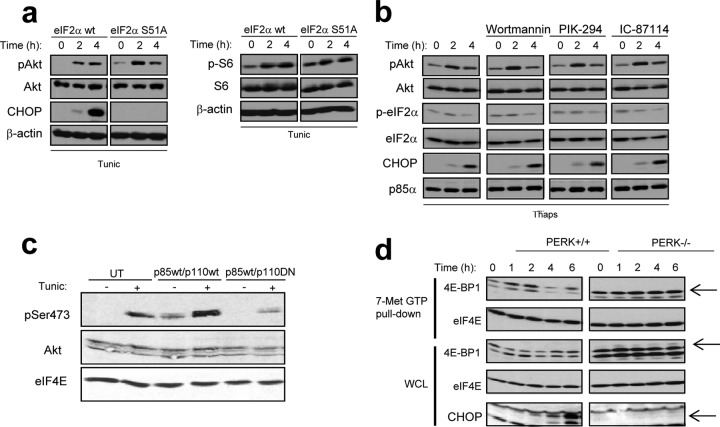| CAS NO: | 900185-02-6 |
| 规格: | ≥98% |
| 包装 | 价格(元) |
| 5mg | 电议 |
| 25mg | 电议 |
| 50mg | 电议 |
| 100mg | 电议 |
| 250mg | 电议 |
| 500mg | 电议 |
Molecular Weight (MW) | 489.53 |
Formula | C28H23N7O2 |
CAS No. | 900185-02-6 |
Storage | -20℃ for 3 years in powder form |
-80℃ for 2 years in solvent | |
Solubility (In vitro) | DMSO: 98 mg/mL (200.2 mM) |
Water:<1 mg/mL | |
Ethanol: <1 mg/mL | |
Other info | InChi Key: WFSLJOPRIJSOJR-UHFFFAOYSA-N |
Chemical Name | 2-[[4-amino-3-(3-hydroxyphenyl)pyrazolo[3,4-d]pyrimidin-1-yl]methyl]-5-methyl-3-(2-methylphenyl)quinazolin-4-one; PIK294; PIK 294; PIK-294 |
In Vitro | Kinase Assay: IC50 values are measured using either a standard TLC assay for lipid kinase activity or a high-throughput membrane capture assay. Kinase reactions are performed by preparing a reaction mixture containing kinase, inhibitor (2% DMSO final concentration), buffer (25 mM HEPES, pH 7.4, 10 mM MgCl2), and freshly sonicated phosphatidylinositol (100 μg/mL). Reactions are initiated by the addition of ATP containing 10 μCi of γ-32P-ATP to a final concentration 10 μM or 100 μM, and allowed to proceed for 20 minutes at room temperature. For TLC analysis, reactions are then terminated by the addition of 105 μL 1N HCl followed by 160 μL CHCl3:MeOH (1:1). The biphasic mixture is vortexed, briefly centrifuged, and the organic phase transferred to a new tube using a gel loading pipette tip precoated with CHCl3. This extract is spotted on TLC plates and developed for 3-4 hours in a 65:35 solution of n-propanol:1M acetic acid. The TLC plates are then dried, exposed to a phosphorimager screen, and quantitated. For each compound, kinase activity is typically measured at 10-12 inhibitor concentrations representing two-fold dilutions from the highest concentration tested (100 μM). For compounds showing significant activity, IC50 determinations are repeated two to four times, and the reported value is the average of these independent measurements.
Cell Assay: PIK-294 shows distinct patterns of isoform selectivity to inhibit different subsets of class I PI3K isoforms (p110β, p110δ, and p110γ) and exhibits low sensitivity to p110α with IC50 of 10 μM). The m-phenol moiety of PIK-294 is able to penetrate the deep-affinity pocket of the ATP binding site, and thus increases in vitro inhibitory activity. |
In Vivo | N/A |
Animal model | N/A |
Formulation & Dosage | N/A |
References | [1] Knight ZA, et al. Cell. 2006, 125(4), 733-747. |
|  |
